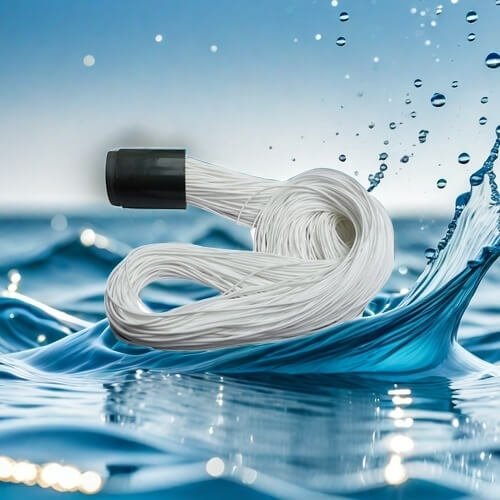Treatment process of soy sauce brewing wastewater
The treatment process for soy sauce brewing wastewater mainly focuses on its high concentration of organic matter and salt. Common treatment methods include the following:
1. Physical processing
Grille and sedimentation tank: Firstly, large particles are removed through the grille, and then suspended solids are removed in the sedimentation tank to reduce the burden of subsequent biochemical treatment.
2. Anaerobic treatment
Anaerobic reactor: Utilizing anaerobic microorganisms to degrade complex organic matter in wastewater into small molecule organic matter, methane, and carbon dioxide. This process can significantly reduce the COD and BOD values of wastewater and improve its biodegradability. Usually, anaerobic treatment is followed by aerobic treatment to further remove residual organic matter.

3. Aerobic treatment
Activated sludge process: After anaerobic treatment, the wastewater enters the aerobic reactor and further degrades organic matter through the activated sludge process. This method is suitable for wastewater that has undergone preliminary anaerobic treatment and can effectively improve the effluent quality.
4. Desalination process
Dialysis method: Due to the high salt content in soy sauce wastewater, desalination processes such as dialysis are often required to reduce the salinity of the effluent and ensure compliance with discharge standards.
5. Deep processing
Activated carbon adsorption: used to remove color and odor from water, ensuring that the effluent quality meets the standard.
Membrane filtration technology: further purifying water quality through ultrafiltration or nanofiltration membranes to remove fine particles and soluble pollutants.
These processes can be combined according to specific wastewater composition, concentration, and environmental requirements to achieve the best treatment effect. Effective sewage treatment can not only protect the environment, but also achieve the recycling of resources.
